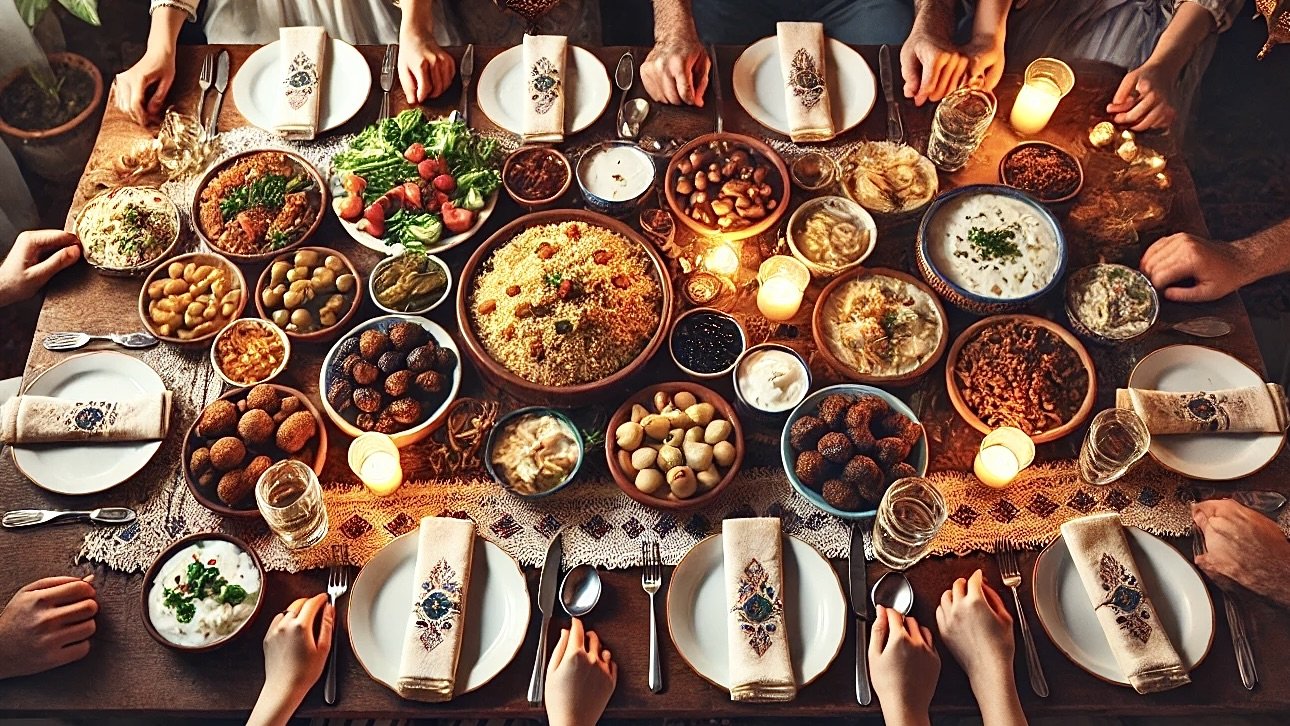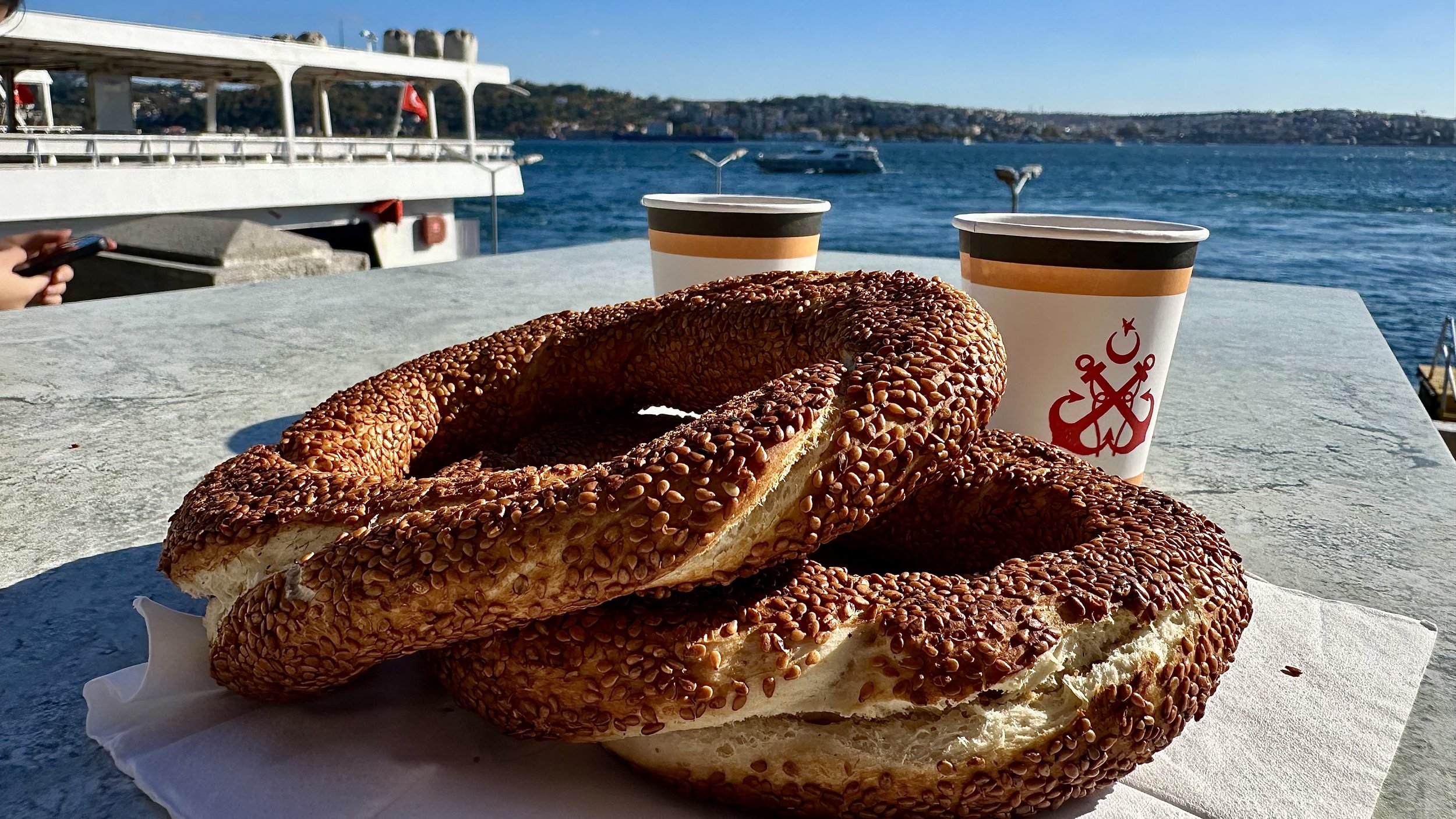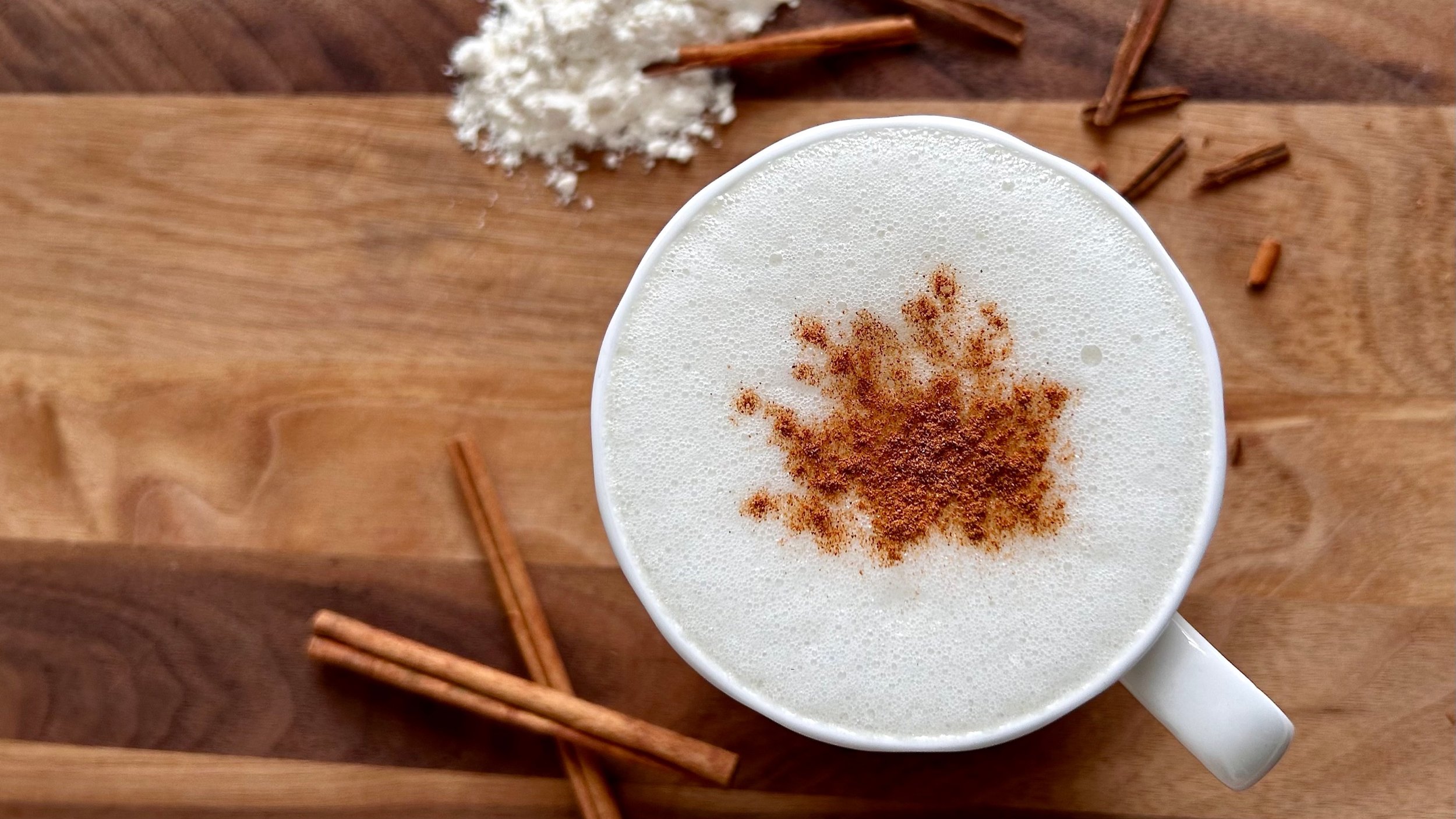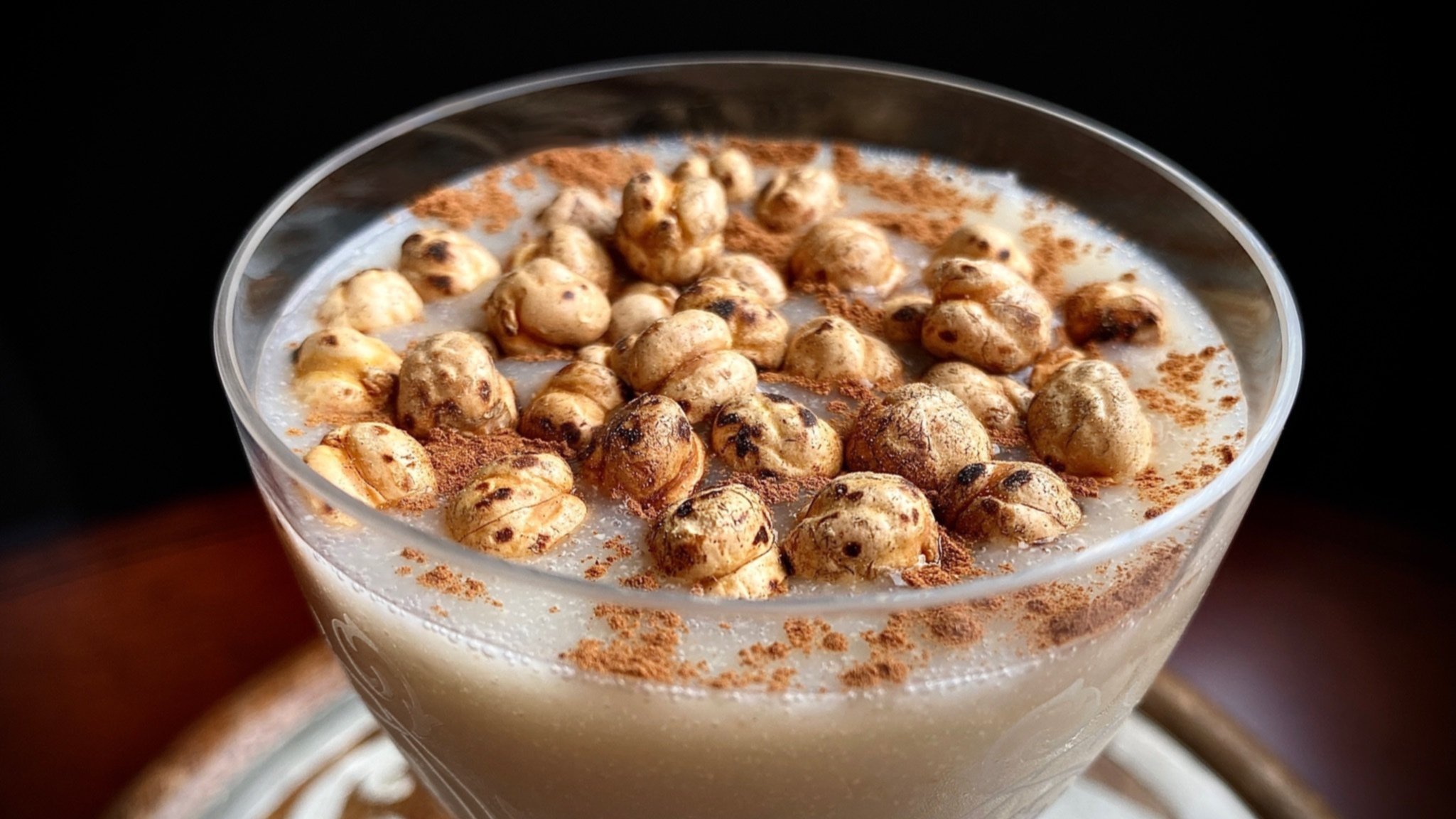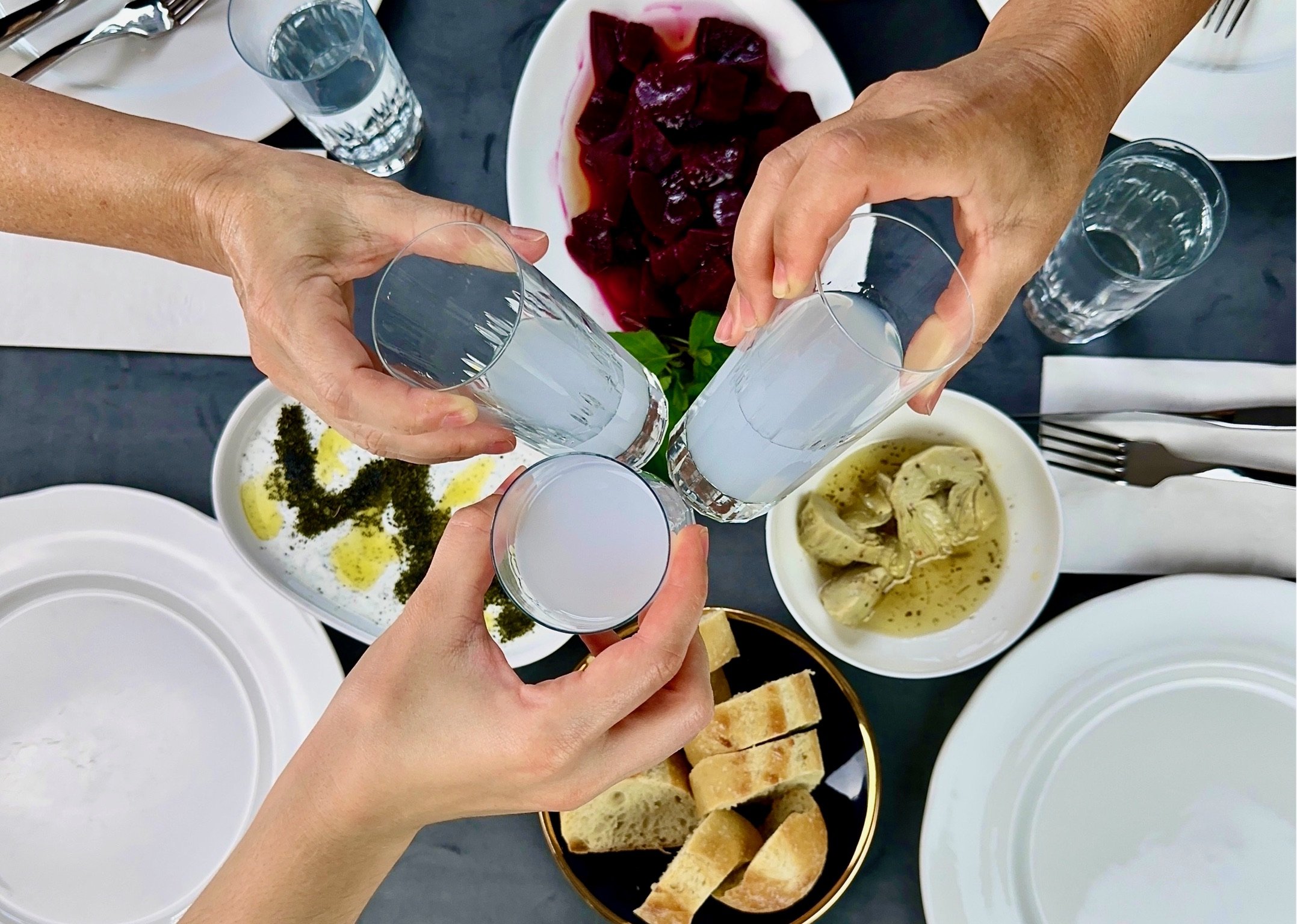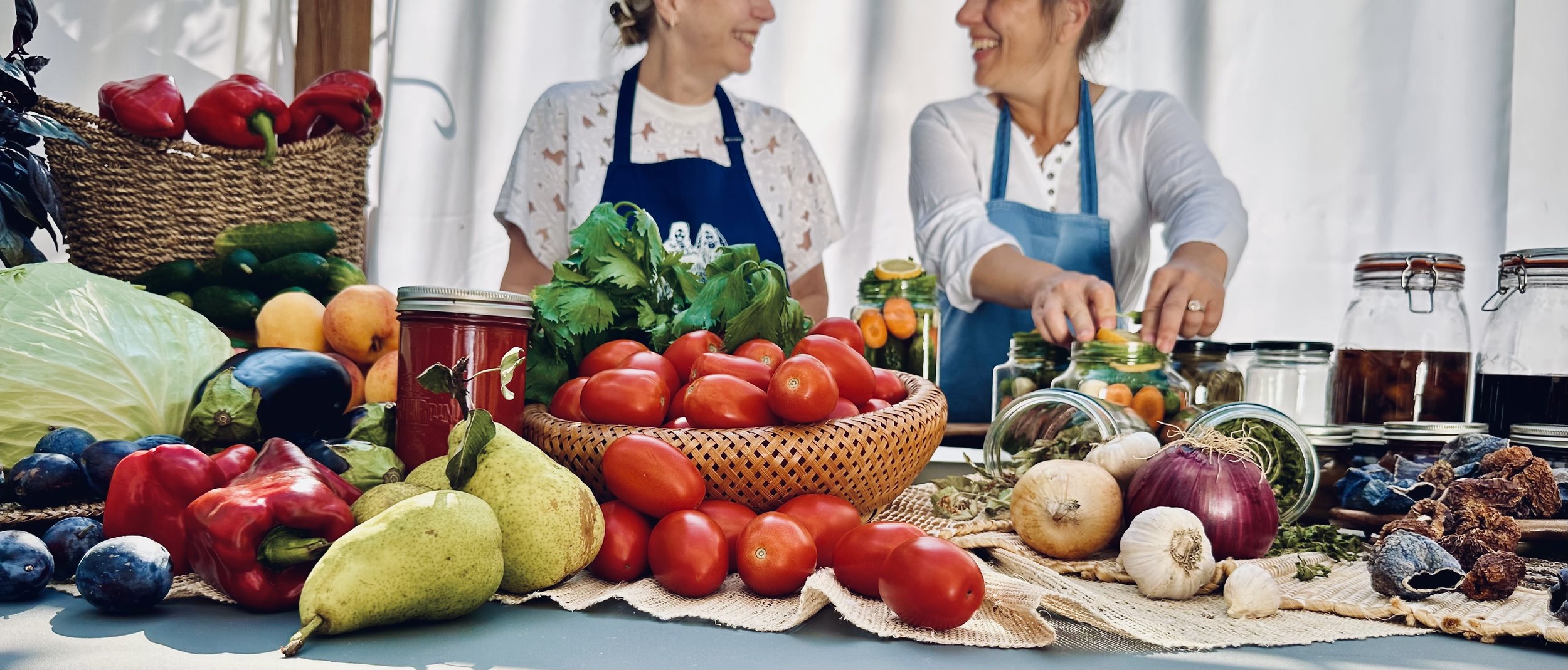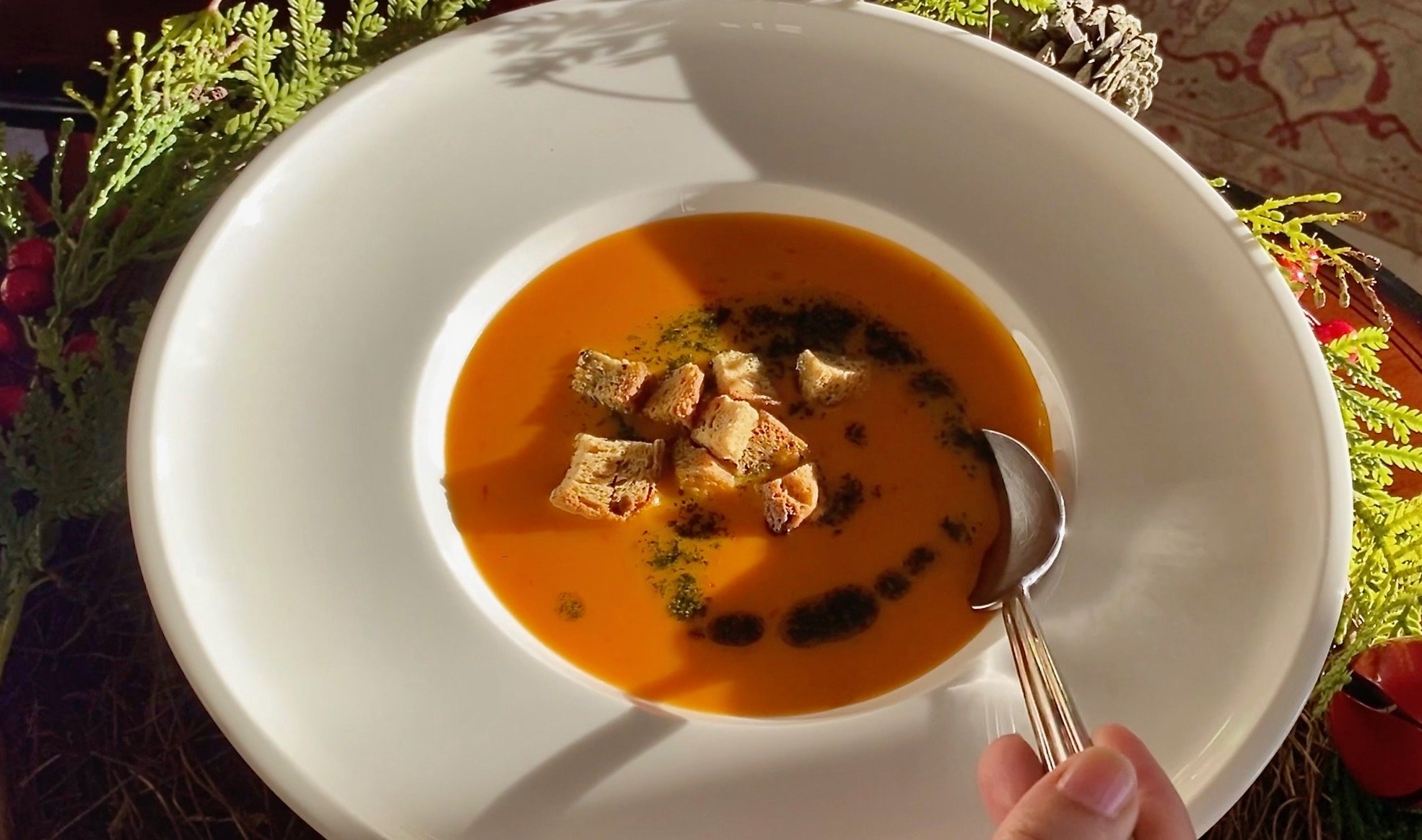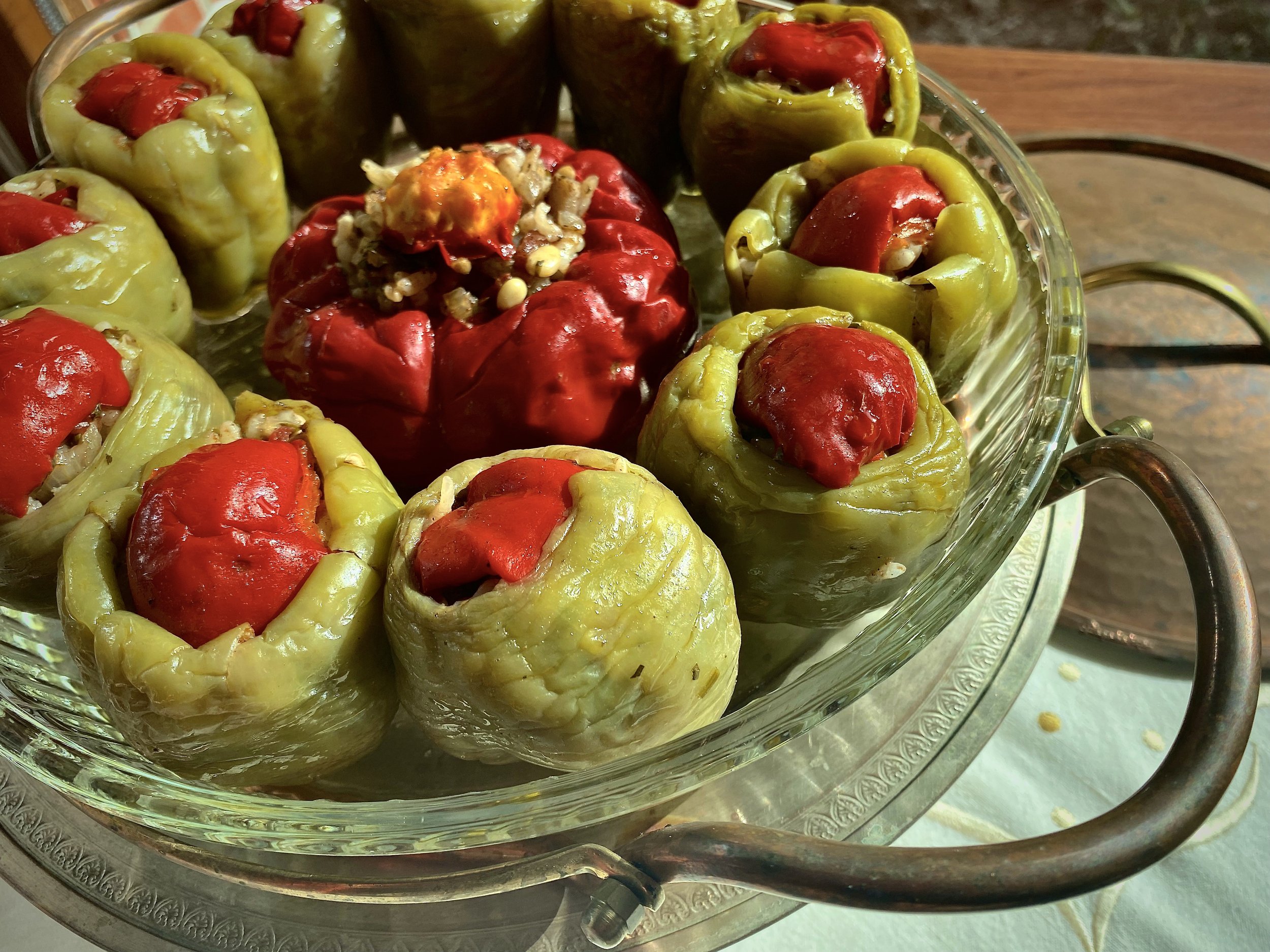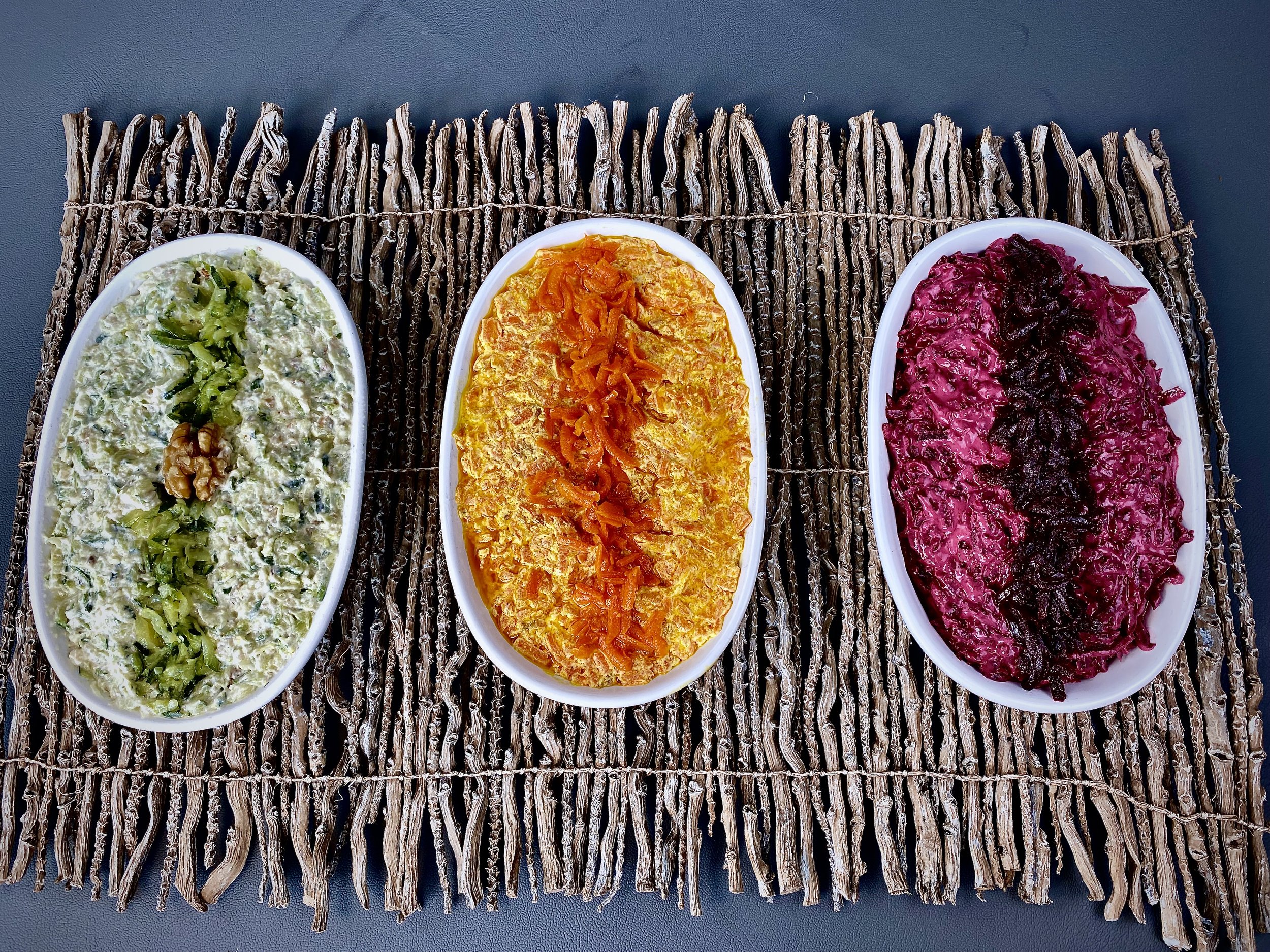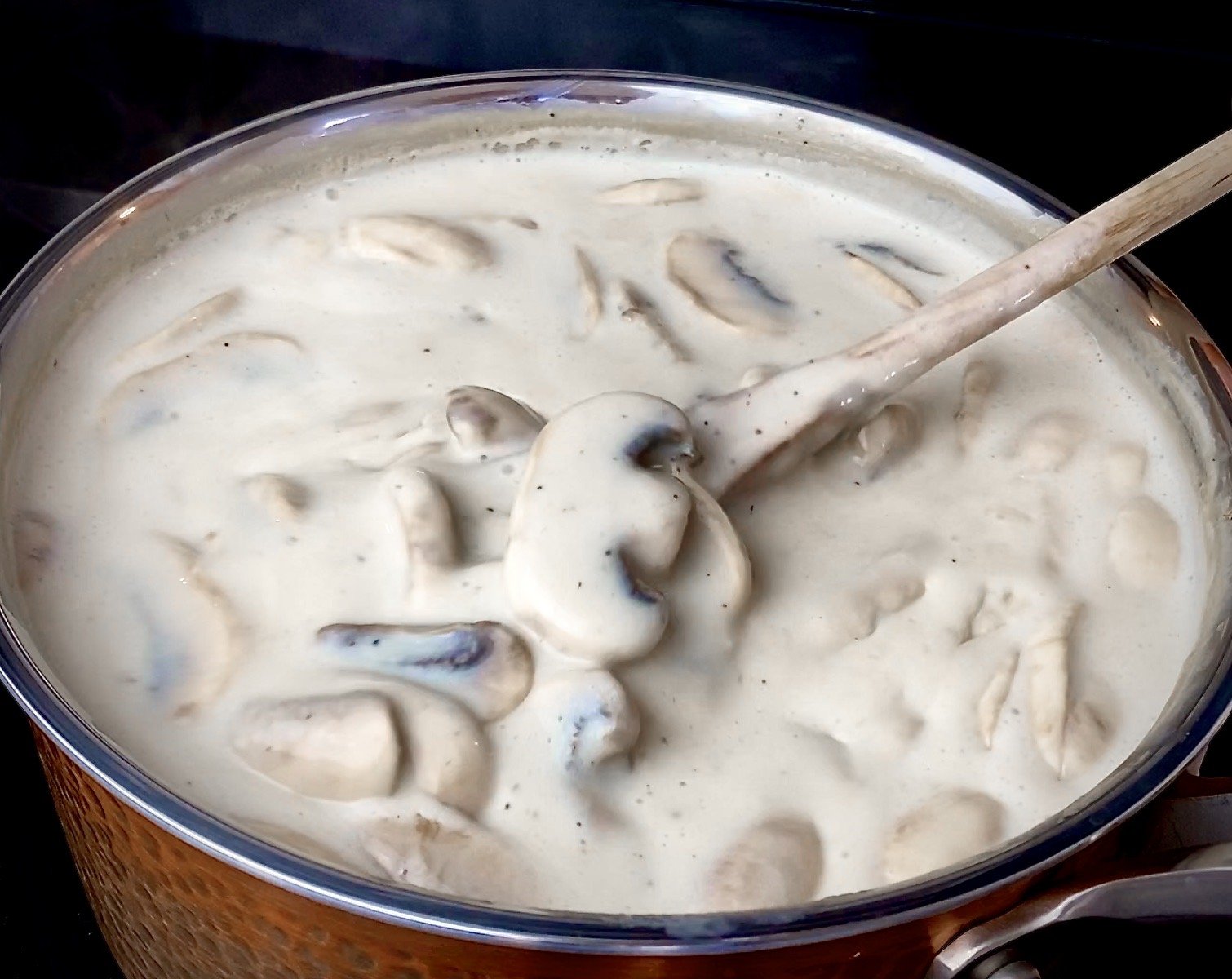Onion in Turkish Cuisine
Onions, one of the earliest cultivated vegetables, have held a place of quiet authority in the kitchens, remedies, and rituals of many great civilizations—from the steppes of Central Asia to the heart of Anatolia.
Brief History of Onion
Originally domesticated by early pastoralists in what is now Iran, Pakistan, and Central Asia, onions quickly became a staple thanks to their hardy nature, rich nutrition, and long shelf life—ideal for nomads and early traders who needed sustenance that could travel with them. The migration of Turkic peoples across Eurasia mirrors that of the onion’s integration into local cuisines and medicinal practices, expanding outward from Central Asia into new environments. In Anatolia, onions became the aromatic foundation of countless dishes still beloved today. But the Turks were not alone in recognizing the onion’s value. In ancient Mesopotamia, onions were written into cuneiform tablets as food and medicine. In Egypt, they were revered as symbols of eternity and placed in pharaohs’ tombs. As trade routes like the Silk Road carried onions east to China and west through the Middle East and Mediterranean, each region adapted them into their own culinary and healing traditions. For the Turks—whose Central Asian roots and Anatolian identity intersect across centuries—the onion is more than a flavour base. It is a cultural touchstone, a healer, a provider, and a symbol of resilience across all walks of life.
Onion in Cuisine
In Turkish cuisine, the onion is not just an ingredient—it’s a shape-shifter, a quiet star that transforms in endless ways depending on how it’s treated. It’s sautéed gently until translucent to form the aromatic base of countless stews, pilafs, and olive oil dishes (zeytinyağlılar), or browned to a deep golden hue for richer, meat-based recipes like et sote or tas kebabı. Raw onions are thinly sliced and soaked in salted water to mellow their bite, then dressed with sumac and parsley as a sharp, refreshing salad beside grilled meats or inside a dürüm wrap. Pickled onions (soğan turşusu) show up on meze tables and kebab platters, while vinegar-marinated versions soften the onion’s sharpness for more delicate dishes like piyaz—a bean salad that lives and dies by the quality of its onions. In Eastern and Southeastern Anatolia, onions are often charred or grilled whole, their outer skins blackened while the insides become meltingly sweet—perfect alongside kebabs or ciğer tava (fried liver). In old rural kitchens, finely grated onions were sometimes fermented with salt, garlic, or yogurt to preserve their flavour and beneficial properties over long winters. And yes, in some households—especially among older generations who believed in its strength-giving properties—onions were eaten raw, whole, and unaccompanied, like an apple. A strong statement, perhaps, but one that reflects just how deeply the onion is woven into Turkish life: it can be bold and assertive, humble and quiet, raw and fiery, or mellow and sweet. However it appears on the table, it never goes unnoticed.
Onion Remedies
Unlike the formalized systems of Chinese and Indian traditional medicine—meticulously documented and institutionalized over centuries—traditional Turkish medicine is an oral legacy, carried not in scrolls or scripts, but in stories, habits, and gestures passed from mother to daughter. In our culture, women have been the guardians of healing wisdom for thousands of years, adapting time-honoured remedies to ever-changing environments, climates, and available ingredients. This flexibility is vital—migration has always been a part of Turkish life, and whether a family settled in the lush valleys of the Aegean or the dry plains of Central Anatolia, the essence of a remedy often remained while the method evolved. Yet, this evolution doesn’t feel like a break from the past. When a mother brews onion tea or places a warm poultice on her child’s skin, she doesn’t just give instructions—she tells you her mother taught her, who learned from her aunt, and so on. Even if no one today has witnessed the exact rituals of generations past, they’ve heard them, absorbed them, and shaped them anew. This quiet chain of knowledge—old, middle, and new, braided together—is what we mean when we speak of tradition. It is not static. It lives, it adjusts, and it endures.
Whether it's the base of a home-cooked stew or the core of a whispered remedy passed from mother to daughter, the onion is woven into the everyday rhythm of Turkish life. It speaks to survival, to adaptation, to nourishment that goes beyond the plate. It’s a reminder that even the most ordinary ingredient can carry the weight of memory, resilience, and quiet wisdom. And while we may not always write it down, we remember—through flavour, through care, through tradition. What are the quiet ingredients in your own story? We’d love to hear about the remedies, rituals, and kitchen memories that shaped your life. Share them with us in the comments or tag us on Instagram using #fairiescuisine.




